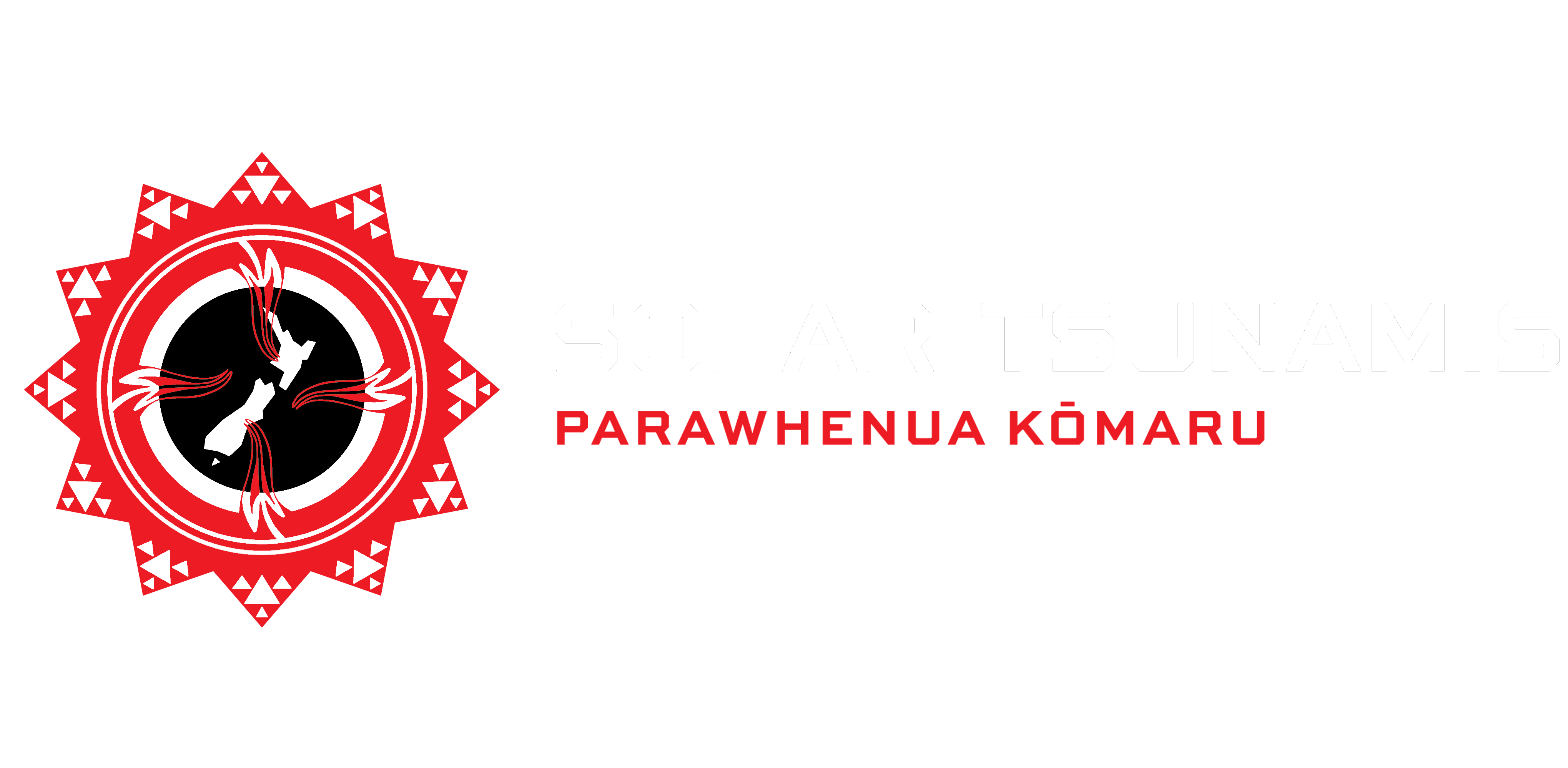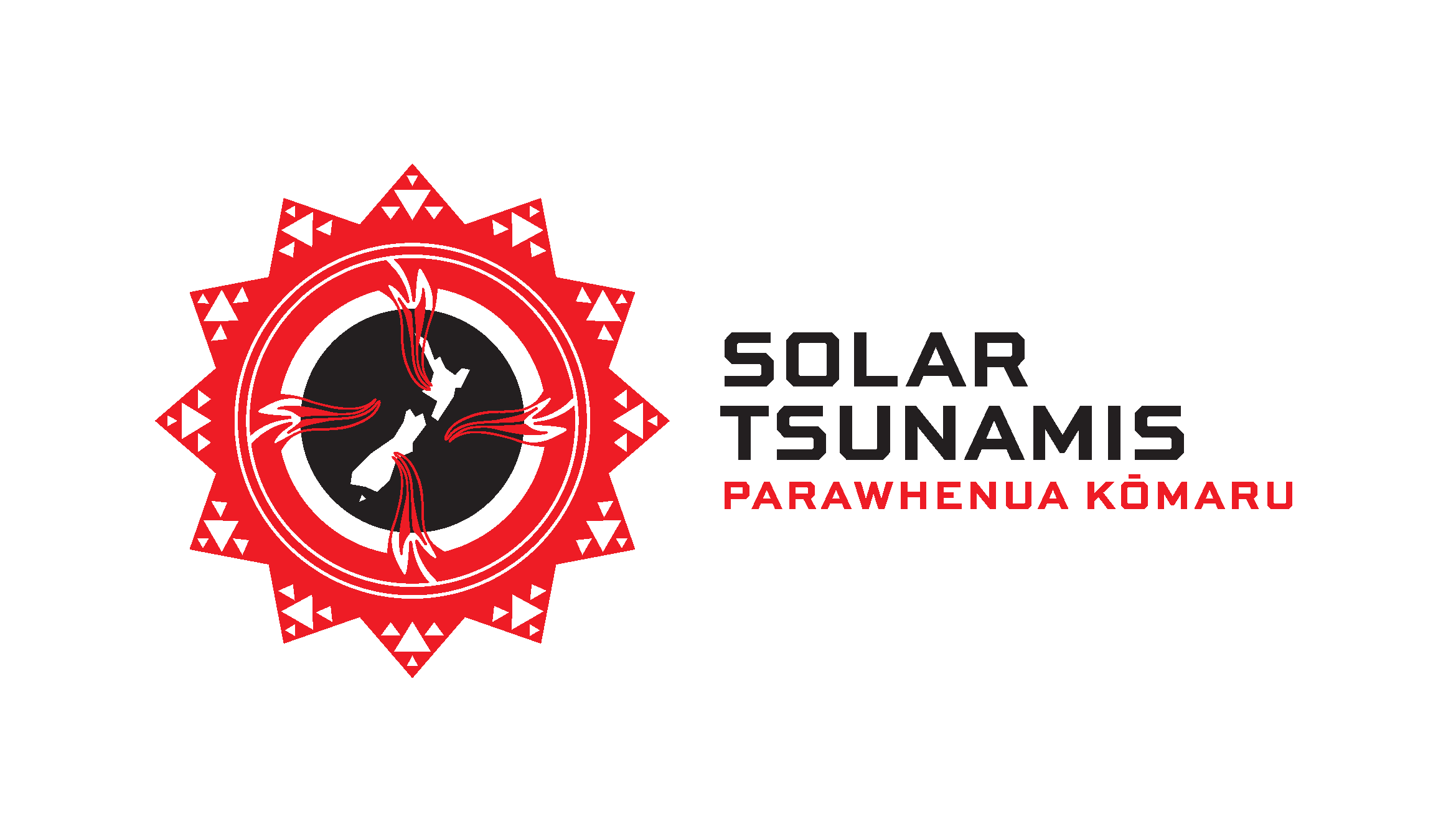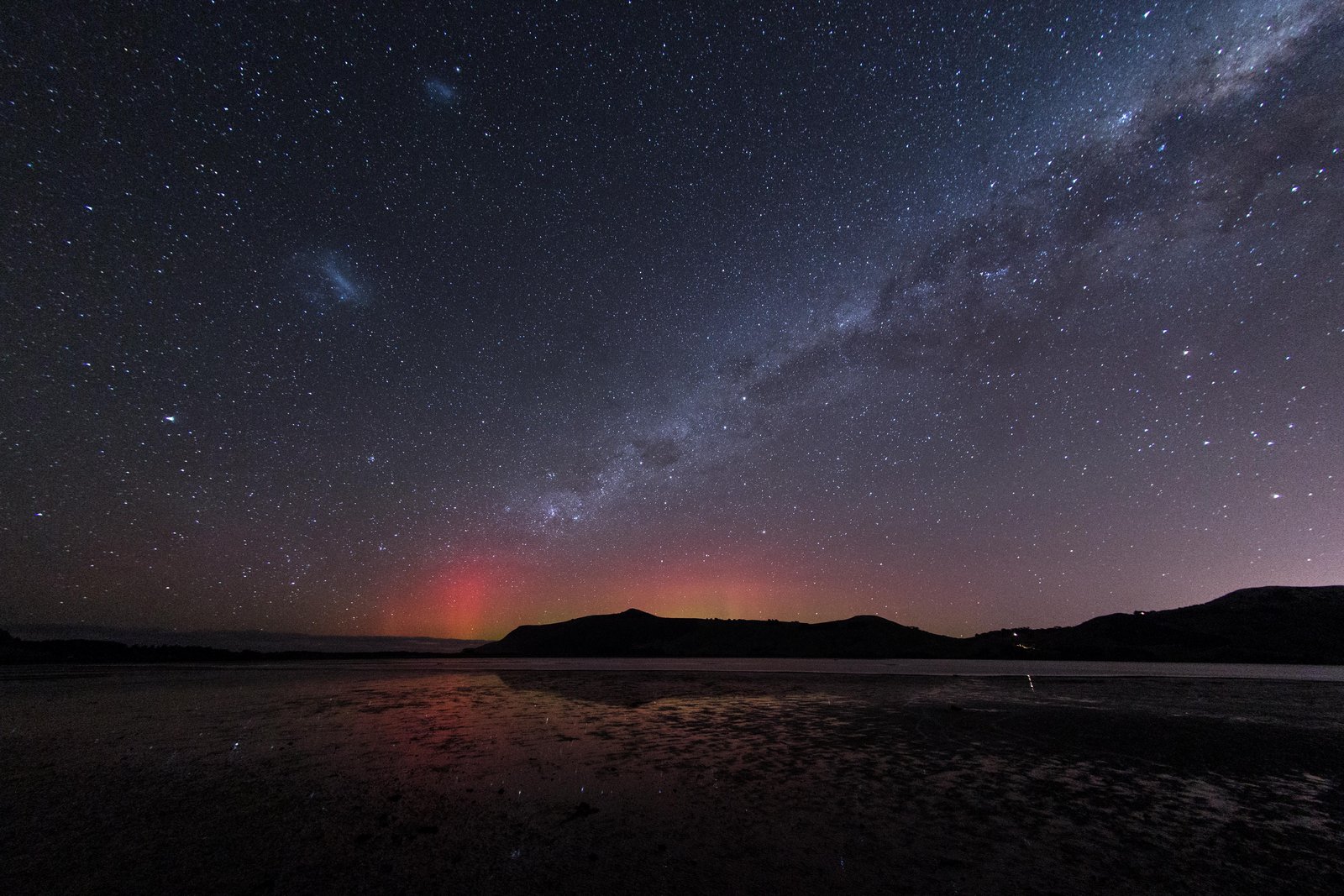Out of 154 proposals submitted to the Ministry of Business, Innovation and Employment Endeavour Fund in 2025, 19 were awarded funding. One of these was the University of Otago Department of Physics project – Solar tsunamis: Next-generation space weather prediction and response for New Zealand. (This proposal is known to the Solar Tsunamis team as “Solar Tsunamis Next Generation”, or STNG).
The five year project will investigate some additional impacts of extreme space weather, such as impacts on the ionosphere, in addition to addressing further industry requirements for planning for and responding to geomagnetic storms.
From the University of Otago website:
Space weather research unveils how solar events impact human activities and technologies. The fundamental source of space weather is explosions on the Sun driving changes in the near-Earth environment.
There is emerging global recognition of the hazard posed by extreme space weather events due to modern societies’ reliance on advanced technology. Critical risks include:
- Disruption to satellite systems using our ionosphere for radio communications; and
- Blackouts of electrical power networks.
Without sufficient advance warning, and well considered and communicated response plans, extreme space weather events will lead to potentially critical disruptions to satellite systems impacting communications, information technology, navigation, power blackouts, and electricity infrastructure damage that could take years to rectify, causing significant economic and social hardship.
Our programme is focused on the prediction and now-casting of extreme space weather events; this will produce the knowledge and tools needed for government disaster managers and sectors such as aerospace and electricity to prepare, respond, and lead recovery efforts.
We will leverage measurements from New Zealand-based dense monitoring networks to understand how solar explosions drive ionospheric and electrical grid impacts. These direct space weather impact measurements will be used to create predictive models driven by solar inputs. In parallel, we will use the tools developed in that workstream to provide now-casting, allowing industry and disaster managers to have real-time situational awareness. We will also implement, in partnership with industry, technological mitigations to extreme space weather events.
It is vital that all New Zealanders understand the hazards posed by space weather to build a resilient and prosperous society; our dedicated science engagement work packages will cultivate this understanding from the bottom up, fostering a cooperative relationship between emergency managers and New Zealand communities.



